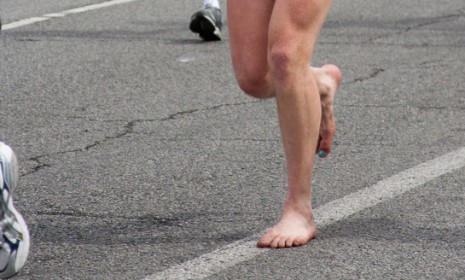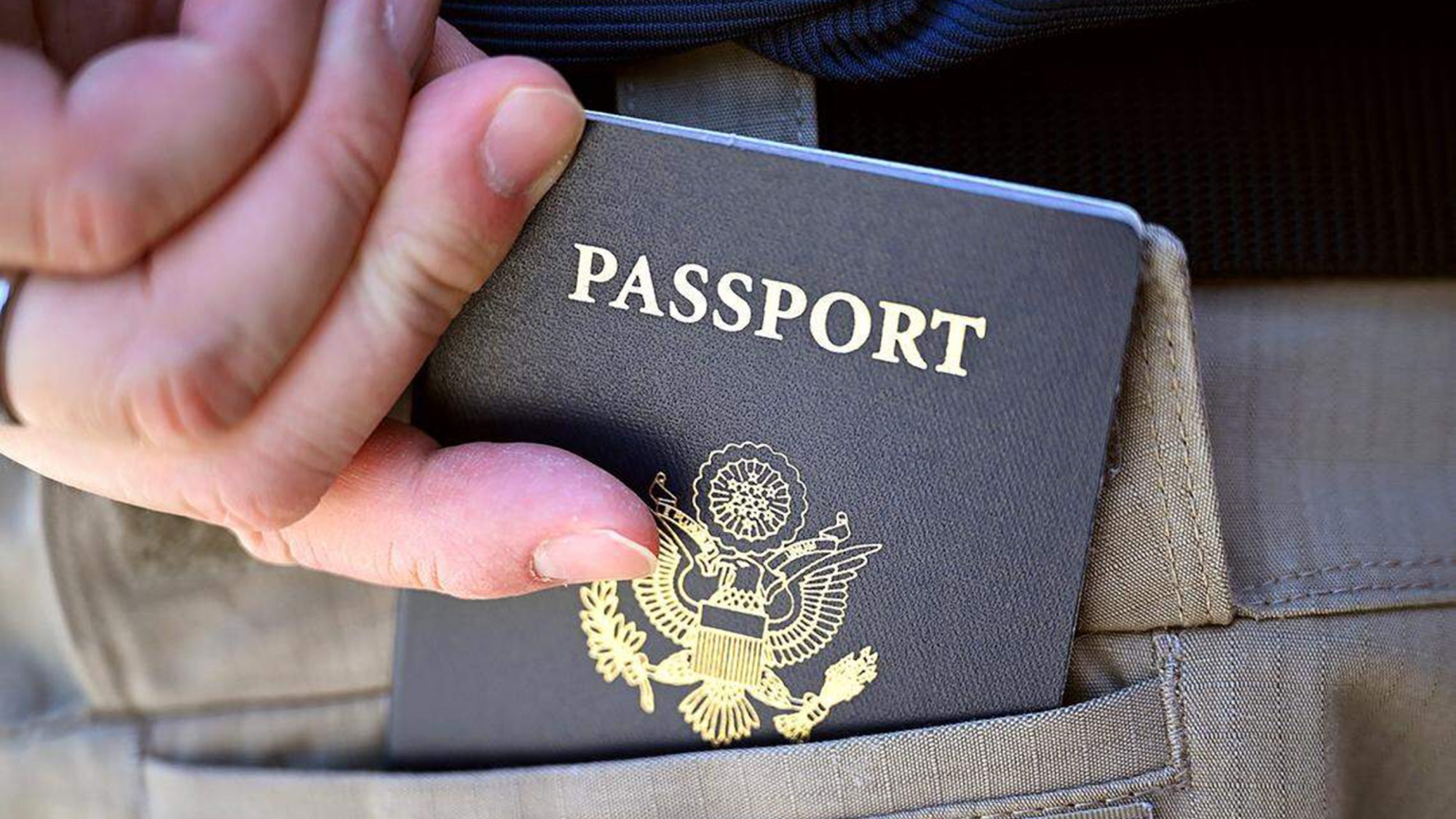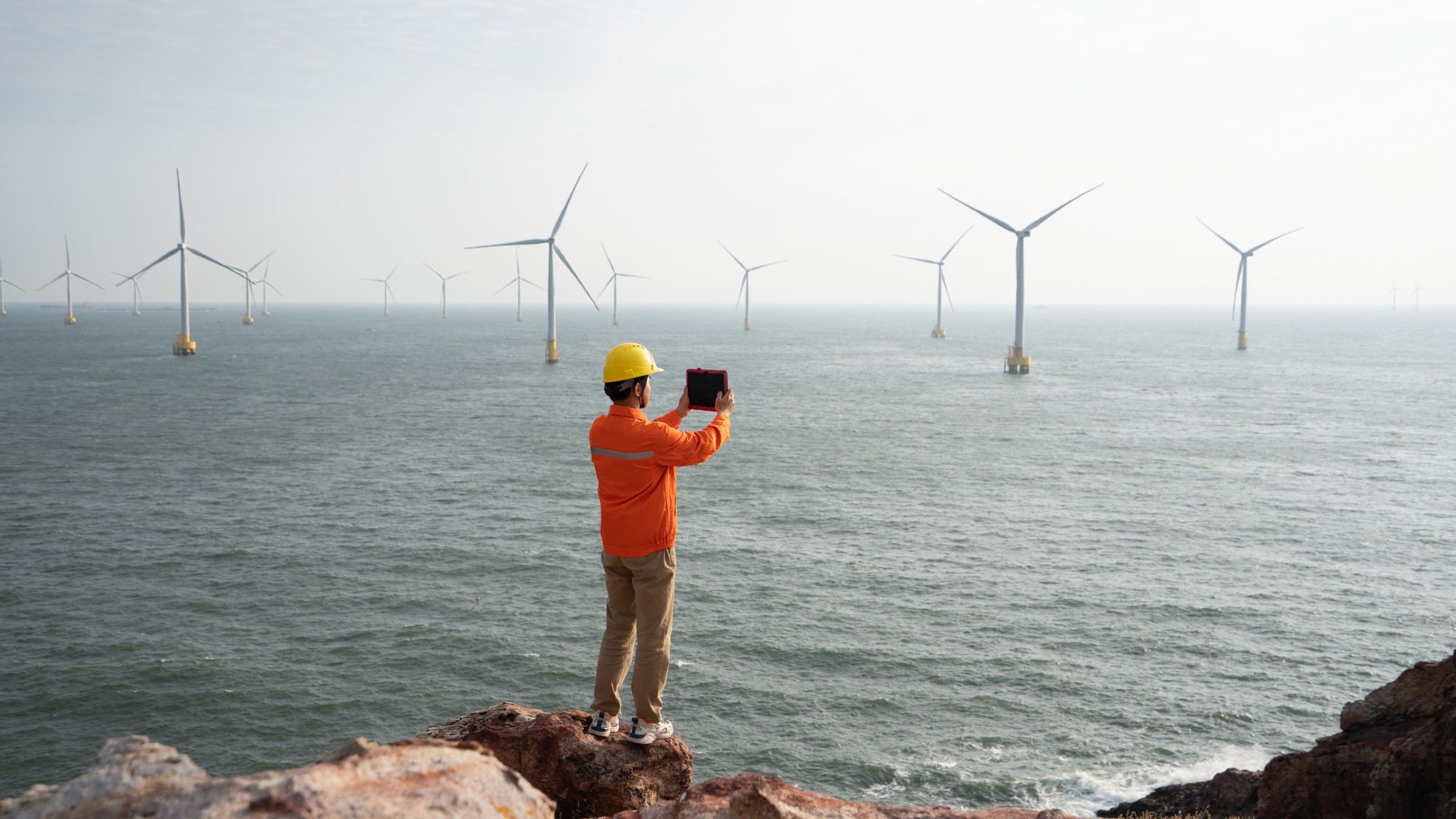Barefoot marathoning: A healthier way to run?
More and more people are ditching shoes for long-distance runs. Can this possibly be good for the sole?

Ahead of Sunday's New York City Marathon, The New York Times reports that a growing contingent of runners is choosing to tackle the pavement without shoes. Running barefoot is not new — the Ancient Greeks' access to Nikes being somewhat limited — but the counter-intuitive practice has been creeping up in popularity, says The Times, as more runners become convinced that meticulously designed running shoes do more harm than good. (Watch an expert praise barefoot running.) Here's a quick guide to this seemingly painful trend:
Why run barefoot?
Advocates believe that running shoes "keep feet so restricted that they may actually be making your feet lazy, weak and more prone to injury," says Tara Parker-Pope in The Wall Street Journal. The argument is that humans evolved to run without shoes and that expensive sneakers contribute to ailments — including stress fractures and shin splints — that often plague long-distance runners.
The Week
Escape your echo chamber. Get the facts behind the news, plus analysis from multiple perspectives.

Sign up for The Week's Free Newsletters
From our morning news briefing to a weekly Good News Newsletter, get the best of The Week delivered directly to your inbox.
From our morning news briefing to a weekly Good News Newsletter, get the best of The Week delivered directly to your inbox.
When did this craze start?
A few elite runners were already ditching their shoes decades ago: Ethiopian Abebe Bikila won a 1960 marathon in Rome in bare feet. But the trend has really picked up in the last five years, partly due to Christopher McDougall's 2009 bestseller, Born to Run, about the Tarahumara Indians, a "Mexican tribe of ultrarunners who race from 50 to 200 miles straight without shoes," yet consistently avoid common running injuries. McDougall's book led to the creation of The Barefoot Runners Society, currently 1,345 members strong.
Has the trend inspired new products?
Yes. While true devotees shun footwear, companies are offering "lightweight, thin-soled shoes designed to mimic the feel of running barefoot" for those who want to hedge their bets. Time magazine describes the popular Vibram Five Fingers — which weigh just 5.7 ounces and have been seen "on the feet of everyone from Matthew McConaughey to former NFL star Eddie George" — as "thin rubber foot gloves."
A free daily email with the biggest news stories of the day – and the best features from TheWeek.com
How have running-shoe companies reacted?
The $25-billion industry is "racing backward to catch up." "In response to barefoot fever and the success of the FiveFingers," says The Huffington Post, Nike, New Balance, Saucony, and other prominent brands have all released their own versions. Still, consumers still spend $5 billion on traditional, padded sneakers; "most runners believe that cushioning prevents injuries, and that perception isn't likely to change quickly."
What has the medical community said?
Plenty. Medical professionals quoted in The Times claim "there is no scientific research that shows barefoot running reduces injuries." Other doctors believe that while shoeless running isn't inherently dangerous, "bare feet aren't meant to support running on modern day hard-top surfaces." For all of running shoes' flaws, they "excel at diminishing the force of impact on hard ground."
Sources: The New York Times, The Wall Street Journal, Popular Mechanics, NPR, Runner's World, Huffington Post
-
 US citizens are carrying passports amid ICE fears
US citizens are carrying passports amid ICE fearsThe Explainer ‘You do what you have to do to avoid problems,’ one person told The Guardian
-
 All roads to Ukraine-Russia peace run through Donetsk
All roads to Ukraine-Russia peace run through DonetskIN THE SPOTLIGHT Volodymyr Zelenskyy is floating a major concession on one of the thorniest issues in the complex negotiations between Ukraine and Russia
-
 Why is Trump killing off clean energy?
Why is Trump killing off clean energy?Today's Big Question President halts offshore wind farm construction